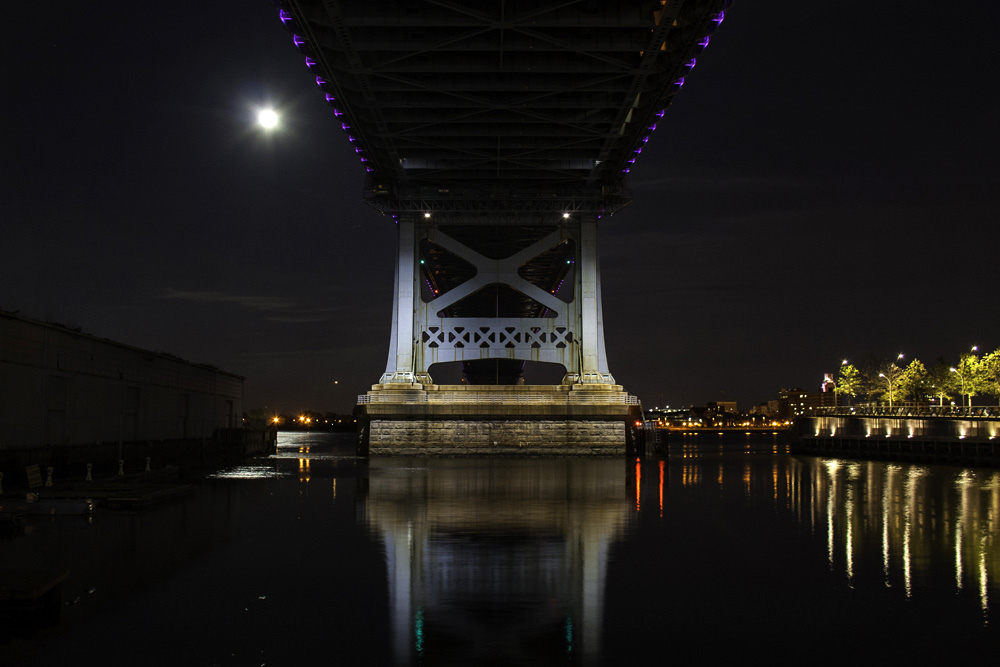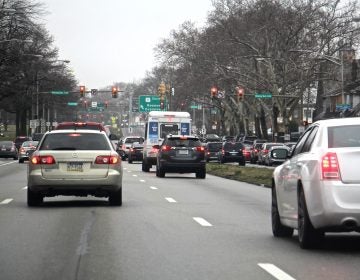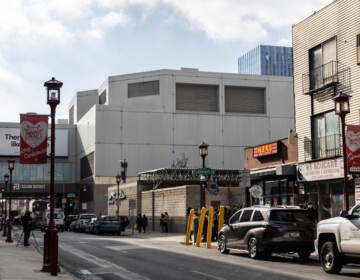Do wishes come true? 2013 review

For each new year I come up with a short civic wish list. January’s also the time to look back to see if any of last year’s wishes came true. Here’s a recap:
HUZZAH:
Fight for a better SEPTA: Last year SEPTA faced a terrible funding crisis and threats of system wide cuts became real. I wondered if we could stop picking on SEPTA long enough to fight for a better transit system. And after a year spent agonizing over a transportation-funding bill languishing in the PA Legislature, we got good news in late November: A $2.3 billion transportation funding package passed, and of that SEPTA will get about $340 million over the next five years. That means SEPTA can move ahead with long-postponed infrastructure, equipment, and vehicle upgrades.
Make way for complete streets: In January 2013 Mayor Nutter signed the city’s complete streets bill, and as of September the city’s Complete Streets Design Handbook became enforceable. That means street designs and improvements by the city or private developers must balance the needs of drivers, cyclists, transit riders, and pedestrians alike. In 2013 I hoped to see expanded bike and pedstrian infrastructure, and was happy to see Fairmount Avenue get a new bike lane and Chinatown get a new parklet.
More links in the Schuylkill chain: The Schuylkill River Development Corporation (SRDC) is hard at work with the city and other partners to extend the Schuylkill River Trail southward. Design work is nearing completion for the Bartram’s Mile trail segment and for the Gray’s Ferry swing bridge‘s reuse, which will carry the trail over the river and link Bartram’s Mile with the Grays Ferry Crescent. The boardwalk extending the Schuylkill River Trail from Locust to South Street should be completed this fall. Plus, pans are in development to carry the trail from South to Christian streets and SRDC has started studying the trail’s next segment below Bartram’s Mile. Added Bonus: Two skateparks opened up along the trail in 2013. This year I look forward to a walk on the new boardwalk and hope to hear good news about funding for the swing bridge’s reuse.
MIXED BAG:
Defend the new zoning code: Politicians may be suffering from zoning reform fatigue, but we continued to see Philadelphians actively engaged in zoning questions throughout 2013. For example, early last year when Councilman Brian O’Neill proposed rolling back a piece of the new zoning code that allowed community gardens as “as-of-right” uses in certain areas, a coalition rose up in protest. And consider the great, and ongoing debate over the role of Registered Community Organizations. It’s wonky but vitally important. The Zoning Board of Adjustment has improved a bit, notably through some fresh blood on the board itself. And most developers and communities are still adjusting to new rules instead of fighting with their very existence. City Council, meanwhile, seems content to keep chipping away at the integrity of the new zoning code. It’s a slow train.
Historic preservation reboot: The Preservation Alliance got new leadership in the form of Caroline Boyce, but other than that little changed on the preservation advocacy front, or at the Philadelphia Historical Commission. These remain dark days for preservation in the city and we are in dire need of a change. Currently the Historical Commission is loath to designate any new historic districts and has minimal resources, there are too few tools to help neighborhoods retain their historic character, and too much of our city’s built heritage is left for dead. With no citywide inventory of resources, the dozen or so individual sites that are nominated annually to the Philadelphia Register of Historic Places are scattershot, not strategic, selections. Plus designation doesn’t necessarily mean long-term preservation at this point. We have a long way to go.
Among the odd preservation bright spots of 2013: Last year’s Hidden City Festival shone a bright light on a few historic but overlooked sites, Gray Area Philly started a series of community conversations about shared heritage, Church of the Assumption somehow lives on to see another year.
JURY’S OUT:
Stand up for the waterfront: We didn’t see that many waterfront development proposals in 2013 and progress on those proposed in 2012, like Marina View, don’t seem to be zipping along. A new Central Delaware Waterfront Zoning Overlay was finally passed, though, which should help give teeth to the goals in the Master Plan for the Central Delaware. Now if the Zoning Board of Adjustment finds the fortitude to deny outlandish variances in the overlay zone, we’ll put more pieces in place to realizing that plan.
Tipping North Broad: This one’s going to take a while folks. It’s likely that we will spend the next few years anticipating (and hopefully watching) transformative projects progress at Divine Lorraine, Metropolitan Opera House, and the Uptown Theater. We also wonder: Will Temple continue thinking about orienting itself to Broad, the way the new Morgan Hall does, or is its decision to scrap plans for the new library on Broad Street a sign of things to come?
Improving green infrastructure: Green stormwater infrastructure projects are taking off at rec centers, schoolyards, and parks across the city. As the Water Department and its partners like the Department of Parks & Recreation continue with these projects, we hope to see better looking installations with more refined plant lists and projects that are more attractive year round.
Clean up our act: Trash is one of those seemingly timeless Philly problems, and one that won’t be resolved over the course of a single year. Beyond issues with illegal dumping, bad habits need to be broken. Until that happens people will still pile up household trash at sidewalk trashcans (which we have too few of), shove litter into stormdrains, and improperly bag trash for collection. Philly’s 3-1-1 system often lists “rubbish collection” and “illegal dumping” as top issues, which means at least people are reporting the problem. Telling 3-1-1 can help clean up the mess, but it doesn’t get to the root cause. You know what else doesn’t get to the root of the problem: the poetry and PR of the “Un-Litter Us” campaign. Can’t we do better?
Mobilize citizen power: We still don’t do enough to capitalize on the energies of block captains and neighborhood groups to improve the city. Too many residents are banging their heads on the same problems to not coordinate efforts and share information better. These folks need a toolkit – and not just an online one – to help solve common problems and organize successfully. Civic tech projects can only take us so far.
WHYY is your source for fact-based, in-depth journalism and information. As a nonprofit organization, we rely on financial support from readers like you. Please give today.








